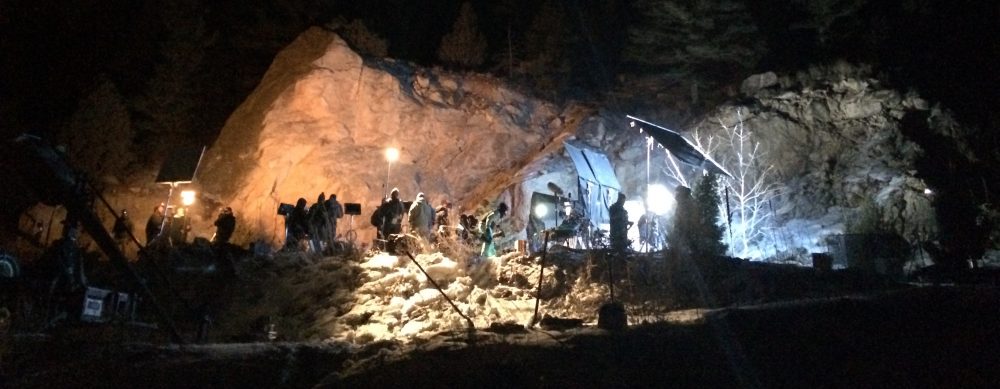originally published on filmsound.org
written by John Coffey, with help from Randy Thom, Jeff Wexler, Noah Timan, Mike Hall, John Garrett, Scott Smith, Rob Young, Mike Filosa, Wolf Seeberg,Darren Brisker, Charles Wilborn,Todd Russell, Brydon Baker, Larry Long, Glen Trew, Dave Schaaf, Charles Tomaras, Klay Anderson, Brian Shennan, Hans Hansen, David Marks, Bob Gravenor, Von Varga, Mark Steinbeck, Carl Cardin, Eric Toline, Joseph Cancila, Stu Fox, Peter Devlin, Matt Nicolay and many others.
This letter is being written by audio professionals to help directors and producers understand how good sound can be recorded on the set. We want to help you make the best film possible.
For this piece, we will not discuss the topic of mixing itself, as this is the “hocus pocus” part that you trust us to do so well.
We want you to have information that will enable you to evaluate what is interfering with good sound, before a hasty decision is made that can harm the quality of your film’s sound. To help you make your decision you need to know about some of the obstacles that we sound people face, before we can even begin to get usable production sound on the set.
This is after all, the age day of digital sound. Theaters have wonderful THX (the audience IS listening) and SDDS with 5.1 surround. Home audio is often better than many theaters as a sophisticated audience demands DVDs with 24 bits. Yet, today’s sound at it’s source on set is suffering like never before.
THE PROBLEM
We, the sound crew, are the ones that you depend on to create and protect YOUR original sound tracks during production.
Unlike the work of the majority of the people who are working for on-camera results, the mixer’s efforts can not be “seen” on the set. Almost no one hears what the microphone picks up. Too few are sure just what we do. Only the most obviously bad noises are even brought up for discussion.
Included in our job is to monitor the sets for unnecessary, accidental, ignorant and sometimes even malicious actions or lack of actions that may compromise your sound track. To emphasize this point: WE DO THIS SO YOU WILL HAVE THE BEST TRACKS POSSIBLE; IT IS NOT FOR US.
We are too often frustrated by the state of conditions that now exist on most sets. Many times we are expected to solve all sound problems alone. Instead, this should always be a cooperative effort with the assistant directors and other crafts.
Sound mixers are often perceived as pests or even a hindrance to the film’s progress. We don’t like being put in this untenable position because it is humiliating and unnecessary. We don’t like to be considered adversarial to the rest of the production and we certainly don’t want to be the “sound police”!
A mixer on a tough show, who fights alone to get you good sound, stands a good chance of burning out from all the excuses and defenses put up. It’s hard to put it all out there without support. The temptation is to cave into the pressure and just go with the flow, and no good can come when that happens.
The problems that we face may lead you to believe that good sound cannot be achieved without set disruptions and added costs. This would not be necessary if reasonable measures are anticipated and endorsed by you both in pre-production and during production.
We know the limitations of our equipment. For example, microphones are just tools, they don’t make miracles happen. If on-set audio problems are not dealt with immediately, they will only be back to haunt you again in postproduction.
You can help us do a better job for you. Good sound can most often be achieved by using reasonable preparation to avoid pitfalls.
We need your understanding and your backing.
